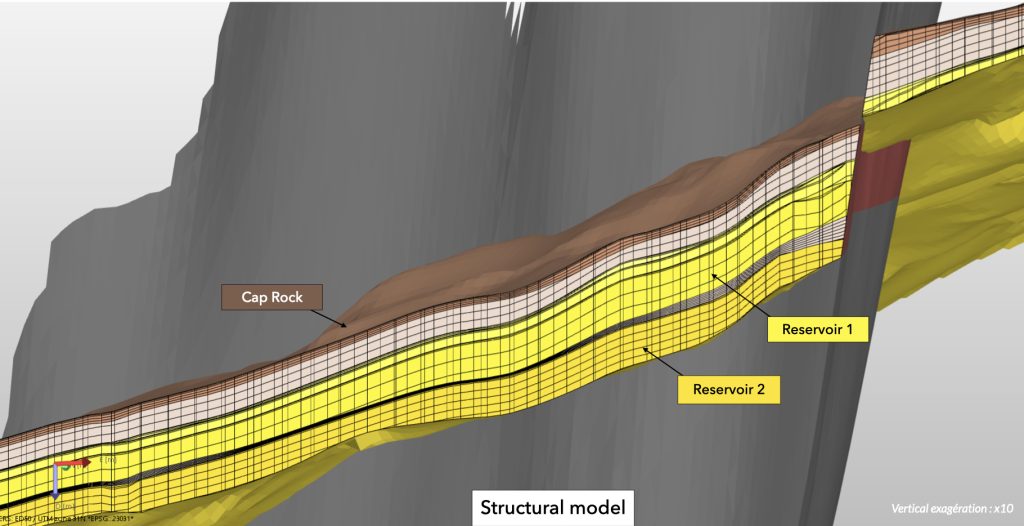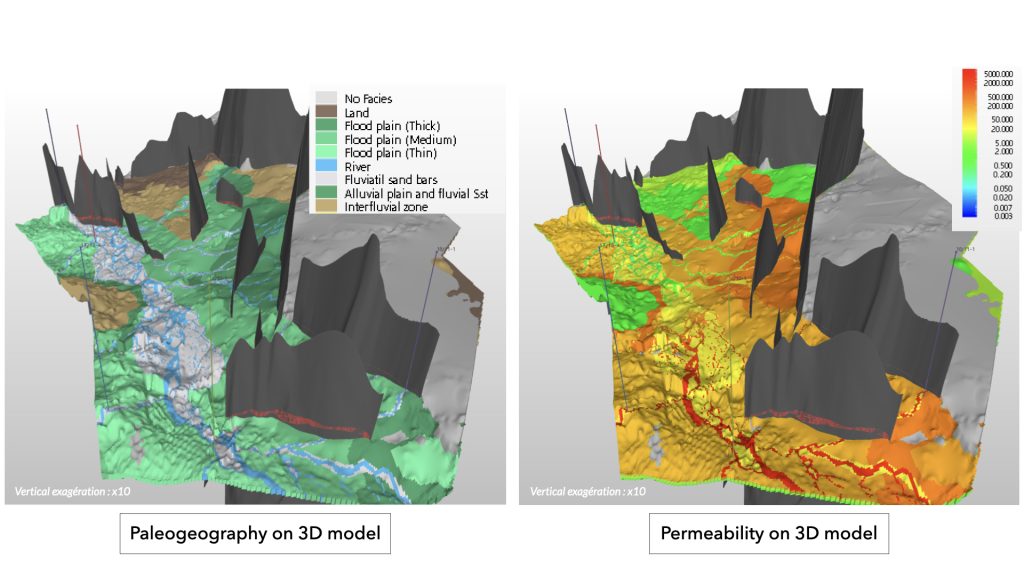Carbon Capture & Storage
Carbon Capture and Storage
Geolink conducts advanced studies to evaluate the capacity and quality of potential CO₂ storage reservoirs, particularly in aquifers of the North Sea and Norwegian Sea.
Our regional geological assessments aim to:
Characterize the reservoir properties
Characterize the sealing formations above the reservoir
Identify and evaluate risks and uncertainties
Build a 3D static model of the reservoir and seal to simulate CO₂ flow
Because potential carbon storage sites are often located far from oil and gas licenses—with limited seismic data and well information—developing accurate static models that reflect realistic rock heterogeneities is a significant challenge.
To address this, Geolink has adapted its approach to deliver robust static models tailored to the specific requirements of Carbon Capture and Storage (CCS). These models make it possible to:
Predict CO₂ behavior and migration within the reservoir
Assess the efficiency of trapping mechanisms
Evaluate the sealing capacity of the cap rock
Evaluate the sealing capacity of faults
The models integrate petrophysical data (such as net-to-gross ratio, porosity, and permeability) from nearby wells. Geostatistical methods, combined with facies maps and seismic attribute maps, are used to propagate these properties. Vertical heterogeneities are constrained by well data, while lateral variations are controlled by mapping inputs.
By combining scientific rigor with innovative methods, Geolink provides reliable solutions that help make Carbon Capture and Storage a safe and effective tool for reducing CO₂ emissions and supporting the energy transition


